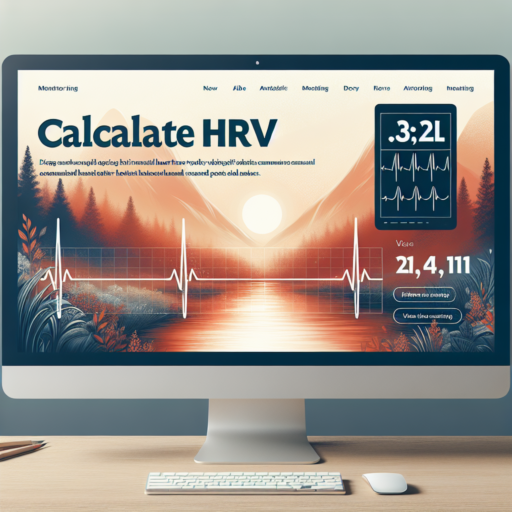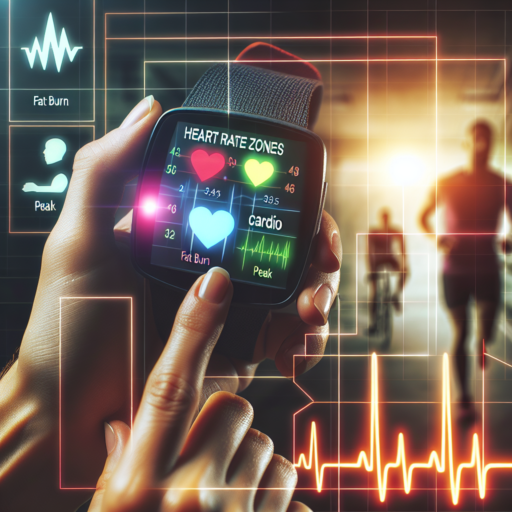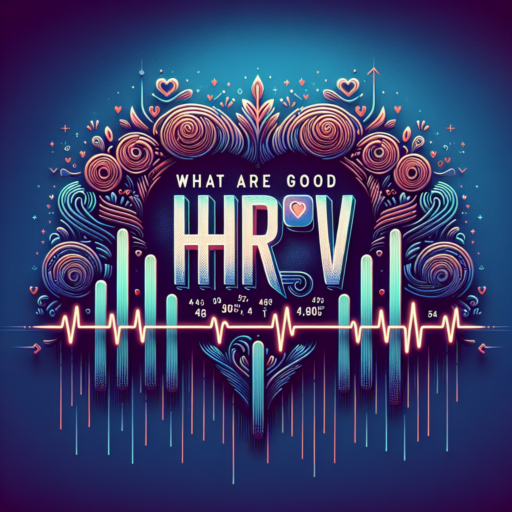Is heart rate 118 high?
When assessing whether a heart rate of 118 beats per minute (bpm) is considered high, it’s essential to factor in several key components. Primarily, the context in which this heart rate is measured plays a significant role. For an adult at rest, a heart rate above 100 bpm is typically classified as tachycardia, an abnormally high heart rate. However, during physical activity or moments of stress, a heart rate of 118 bpm could be seen as entirely normal.
Understanding Resting vs. Active Heart Rates
The concept of resting versus active heart rates is crucial in determining if a heart rate of 118 is high. A resting heart rate generally refers to your pulse when you are calm and at rest, ideally measured right after waking up in the morning. For most adults, a normal resting heart rate ranges between 60 to 100 bpm. During exercise or acute stress, it’s natural for the heart rate to increase. Thus, a rate of 118 bpm could be perfectly normal under these conditions but could signify tachycardia if the individual is at rest.
Factors Influencing Heart Rate
Several factors can influence heart rate, including activity level, emotional state, overall health, and the use of certain medications. For instance, stimulants such as caffeine and certain medications can elevate the heart rate. Furthermore, emotions like anxiety or excitement can also cause temporary increases in heart rate. It’s essential to consider these variables when evaluating whether a heart rate of 118 is unusually high for a specific individual.
In summary, while a heart rate of 118 bpm can be indicative of a high heart rate under resting conditions, it’s important to consider the circumstances under which the measurement was taken. Factors such as activity level, emotional state, and external influences like medications must all be taken into account to accurately assess the significance of a 118 bpm heart rate.
Is 120 heart rate serious?
When considering if a heart rate of 120 beats per minute (bpm) is serious, context is key. Typically, a normal resting heart rate for adults ranges from 60 to 100 bpm. A heart rate above 100 bpm is medically referred to as tachycardia, indicating that the heart is beating faster than usual. However, the seriousness of a 120 bpm heart rate can depend on several factors such as the individual’s age, physical condition, and whether they are at rest or not.
It’s essential to distinguish between resting heart rate and heart rate during activities. A heart rate of 120 bpm while at rest could signal an underlying condition or health issue, necessitating medical consultation. On the other hand, reaching a heart rate of 120 bpm during physical activity is typical for most individuals, since the heart needs to pump more blood to support the body’s increased demand for oxygen.
Various circumstances can influence one’s heart rate, including exercise, stress, medications, and health conditions like thyroid disease or cardiovascular disorders. When experiencing a consistently elevated heart rate like 120 bpm, especially without a clear reason, it’s crucial to seek professional health advice. This ensures that any potential health issues can be identified and addressed promptly.
No se han encontrado productos.
Should I go to the hospital if my heart rate is 118?
Understanding when an elevated heart rate warrants a hospital visit is crucial for your health and peace of mind. A heart rate of 118 beats per minute (bpm) can be concerning, especially if this number is far from your typical resting rate. However, the necessity to visit a hospital depends on several factors, including symptoms, duration, and individual health circumstances.
Context Matters
The context in which your heart rate reaches 118 bpm is significant. For individuals engaging in physical activity or experiencing emotional stress, a temporary increase in heart rate is normal and usually not a cause for alarm. However, if your heart rate remains elevated at 118 bpm without a clear reason, it may be a signal to seek medical advice. It’s essential to consider if this elevated heart rate is accompanied by other symptoms such as chest pain, shortness of breath, dizziness, or fainting.
Assessing Other Symptoms
When deciding whether a hospital visit is necessary, evaluate any additional symptoms you may be experiencing. Symptoms like chest pain, severe headache, difficulty breathing, or feeling faint are more concerning when paired with an elevated heart rate. These could be signs of more serious health issues such as heart disease or an arrhythmia that requires prompt medical attention. Pay close attention to how you feel and note any other symptoms that may indicate a more significant health problem.
In summary, while a heart rate of 118 bpm can be within the normal range for some situations, it’s important to assess the context, duration, and accompanying symptoms. If your elevated heart rate is persistent and associated with other concerning symptoms, seeking medical advice or visiting a hospital may be the prudent course of action. Remember, listening to your body and being proactive about your health is always a wise decision.
What is a good resting heart rate by age?
Understanding what a good resting heart rate by age involves recognizing the trends and guidelines set forth by health professionals. Generally, a healthy resting heart rate tends to decrease from infancy to adulthood. For adults, a resting heart rate between 60 and 100 beats per minute (BPM) is considered normal by the American Heart Association.
Resting Heart Rate Guidelines by Age Group
- Infants (0-1 month old): A normal resting heart rate for infants is between 70 and 190 BPM.
- Children (1-10 years): As children grow, the expected resting heart rate ranges from 60 to 140 BPM, showing a gradual decrease as they age.
- Adolescents and Adults (11 years and over): The healthy range narrows down to 60 to 100 BPM, with variations based on fitness levels, health status, and individual activity levels.
Factors such as physical fitness, emotional state, medication use, and temperature can all influence a person’s resting heart rate. For example, well-trained athletes might have a resting heart rate below 60 BPM, indicating higher cardiovascular efficiency.
Evaluating resting heart rates within these guidelines can give insight into one’s cardiovascular health, but it’s important to consider individual factors and consult healthcare professionals for personal assessments. Regular monitoring can aid early detection of potential health issues, emphasizing the role of a good resting heart rate as an indicator of overall wellness.




